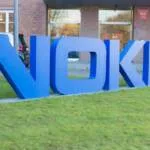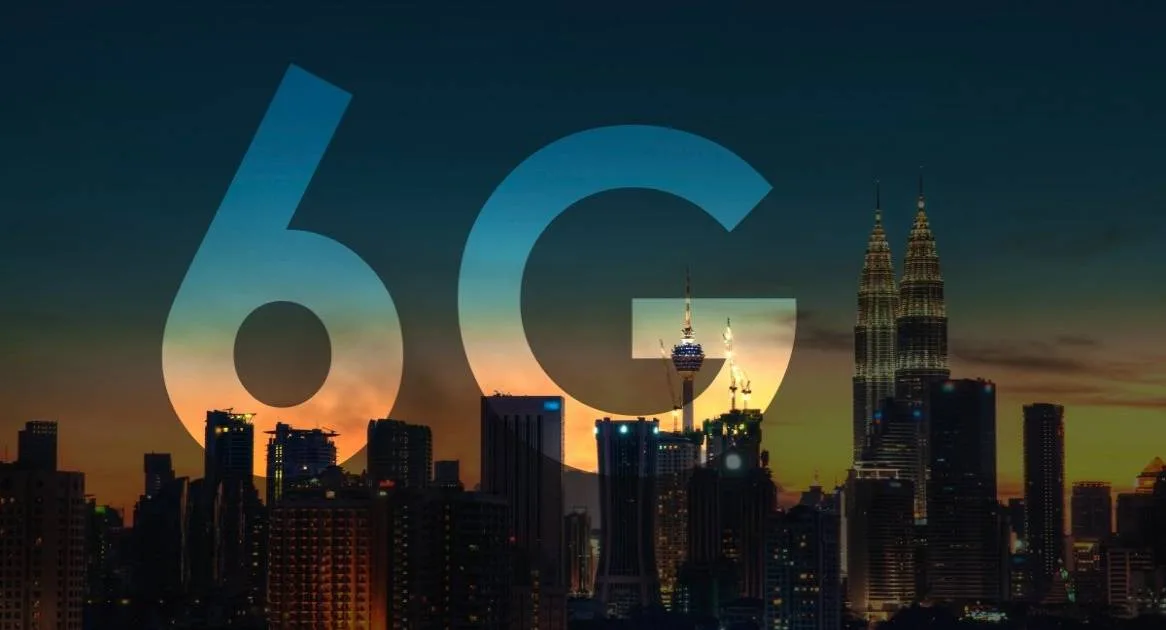On January 1, 2023, Nokia will begin working on the Hexa-X-II project, making 6G technology a European Commission flagship.
Hexa-X will expand its partner list to 44 organisations to create a pre-standard prototype that will serve as the foundation for future 6G standardisation.
Hexa-X-II will investigate technologies that contribute to a zero-carbon footprint and material and energy conservation in order to address the first issue with inclusion and trust being the consortium’s three main priorities.
Trust between society and technology providers must be reestablished by enforcing data transparency, privacy, and security, so that people in developing countries and poor people in rich nations can connect.
Organisations, including Ericsson, have also joined forces to develop a new generation of radio-communications technology.
Others Include:
- Radio-system maker Orange.
- Telecom Italia.
- German public research university TU Dresden.
- University of Oulu in Finland.
- microelectronic centre IMEC.
- French IT vendor Atos.
Peter Vetter, President of Nokia’s Bell Labs Core Research says it is an honor for Nokia to lead in this pioneering project.
“In the 6G era, the digital, physical, and human worlds will be much more connected. We must reflect this level of interconnection and interdependence in our goals.”
“The significance of networks and 6G will grow as we try to overcome the limitations on energy and materials as billions more people and devices are connected. We must keep the big picture in mind as we think about the future network.” says Vetter.
Enabled by the outcomes of Hexa-X innovations, the Hexa-X-II consortium is striving to overcome the following societal challenges:
- Inclusion: Hexa-X-II aims to provide connectivity to people in developing countries as well as to the under-privileged members of developed societies.
- Sustainability: Hexa-X-II will research technologies that contribute to a zero-carbon footprint and limit energy and material consumption.
- Trustworthiness: Hexa-X-II will ensure data transparency, security and privacy, and network robustness.
Ericsson has taken on the role of technical manager for Hexa-X-II. Orange, TIM SpA, TU Dresden, University of Oulu, IMEC, and Atos will also work together on various tasks, such as radio evolution and innovation, future devices and infrastructure, smart network management and values, and ecosystem and requirements.
Every wireless technology generation has been commercialized by Nokia, from the first GSM call to the best performing 4G networks and the world’s fastest 5G connections. Nokia and Nokia Bell Labs, the world-renowned industrial research arm of Nokia, pioneered many of the fundamental technology innovations that are being used to develop 5G standards.
Nokia is also establishing the groundwork for 5G-Advanced in 3GPP Releases 18 and 19, which will enhance 5G characteristics and enable new fields.
These new functions include XR, super-precise positioning, enhanced coverage, and AI/ML for the 5G-RAN. Many of these technology advancements will connect 5G with 6G to a large extent.
In addition to Hexa-X-II and Hexa-X, Nokia is also leading 6G-ANNA, the German 6G lighthouse project and is playing an instrumental role in establishing the Horizon Europe Smart Network and Services joint undertaking.
The project was awarded funding from the European Commission as part of the first call of the Smart Network and Services Joint Undertaking (SNS-JU).
The Hexa-X-II project aims to start operating on 1 January 2023, with a planned duration of two and a half years.







